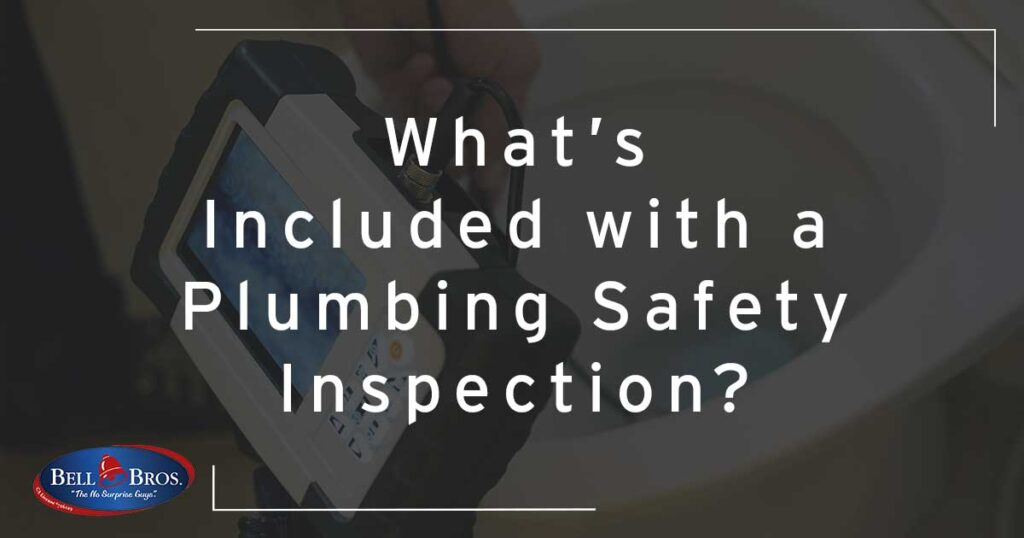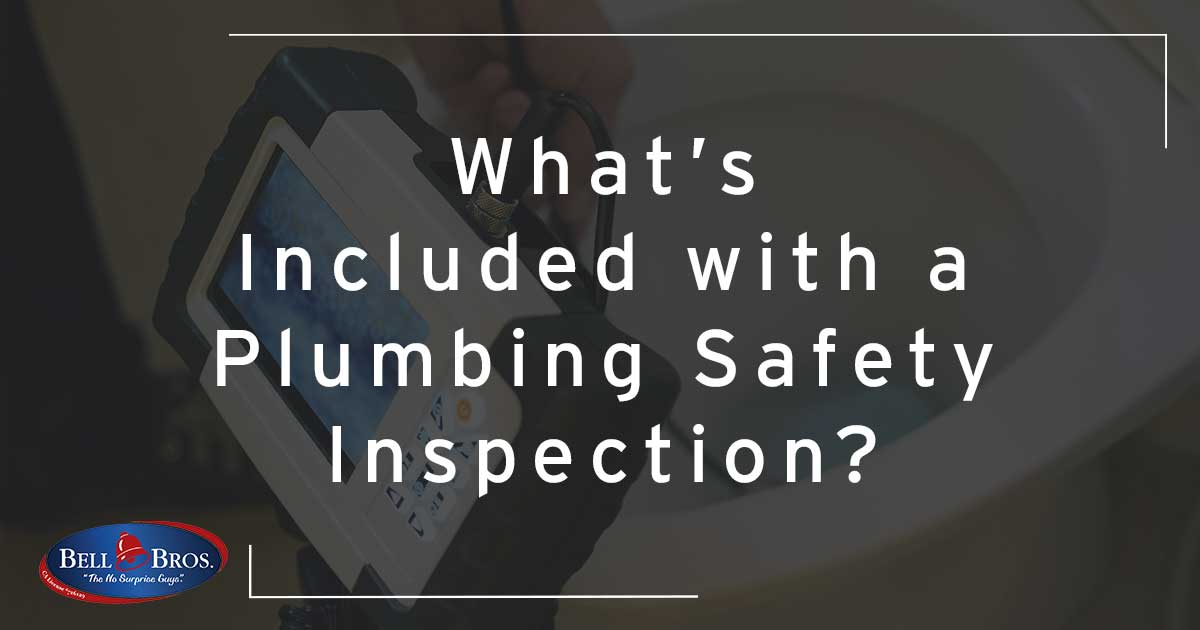 At Bell Brothers we have a saying that your pipes are only as good as their last inspection. Most homeowners don’t think to call the plumber until something goes very, very wrong. That’s why we offer a plumbing safety inspection of our Sacramento, East Bay, Stockton, and Vacaville communities.
At Bell Brothers we have a saying that your pipes are only as good as their last inspection. Most homeowners don’t think to call the plumber until something goes very, very wrong. That’s why we offer a plumbing safety inspection of our Sacramento, East Bay, Stockton, and Vacaville communities.
If you’re wondering what’s included with this inspection, below is an explanation of every step.
Our 11-Point Plumbing Safety Inspection Includes:
Water Heater Safety and Visual Inspection
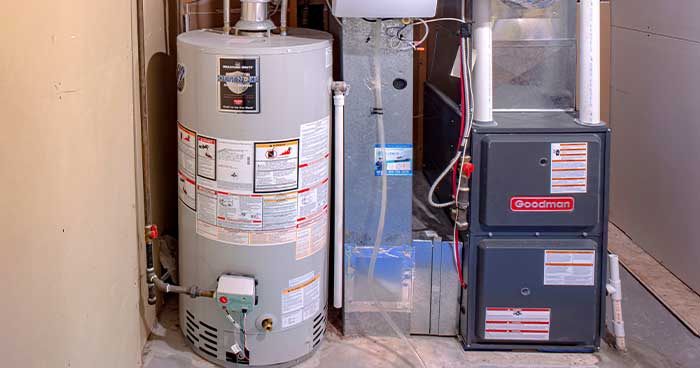
- The hot water heater does so much for your home. Between providing a pleasant bath to washing your dishes and clothes, it’s one of the hardest work appliances. Because of this, we like to take extra care when we check it during a plumbing safety inspection. Our plumbers will first conduct a visual inspection to make sure there’s no leaks and that the earthquake safety straps are in good working order. The next step is to look at any electrical or gas parts. Your plumber will check for mineral buildup from hard water, stripped wires, or any standing water.
Toilet Inspection
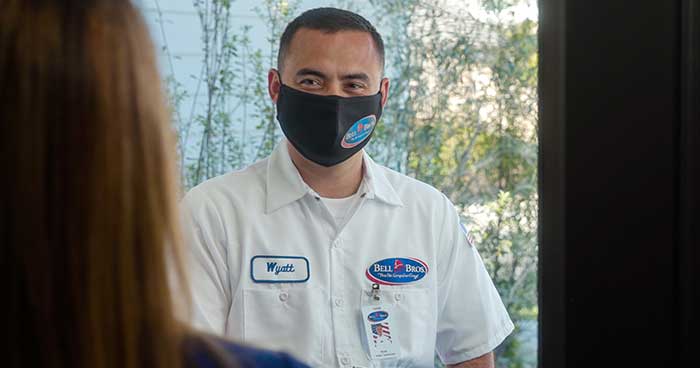
- No one wants a busted toilet. That’s why we make sure to check every toilet in your home during a plumbing safety inspection. First, our plumbers will see if the toilet is rocking from side to side. This could indicate that a seal is cracked or broken. After that, they’ll look at your toilet’s handle and flapper. The flapper is what stops water from constantly running from your tank into your bowl. And the handle, we all know what that does.The last part we check is the supply line and angle stop. The supply line runs from your plumbing system to the toilet itself. And the angle stop is what regulates the flow of water from your pipes.Oftentimes, the angle stop is made from plastic that can crack or break with time and use. Our plumbers will make sure to let you know the status of your angle stop.
Verify Proper Clean Out
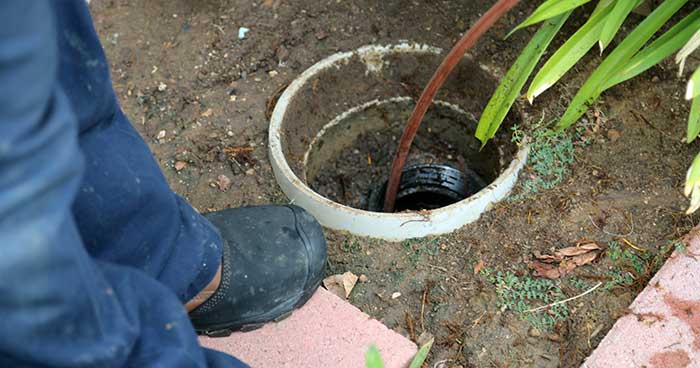
- When we check the main sewer line during a plumbing safety inspection, we’ll use this time to verify that your drains have proper cleanouts. Your cleanouts lead from your home appliances to the sewer. If the clean outs are improperly placed, we can’t clear the drain or pipe.
Check for Pressurized Plumbing
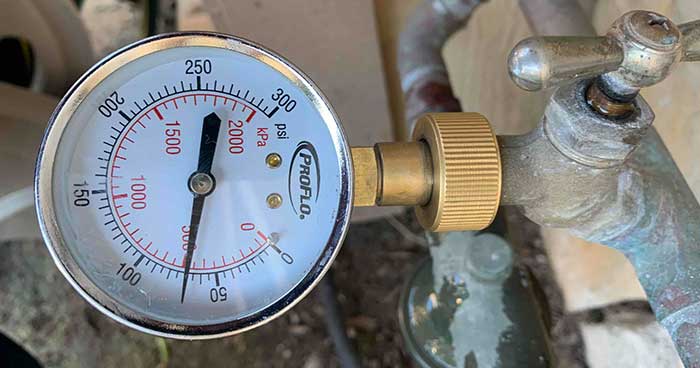
- Water pressure plays an important role in the health and safety of your plumbing system. To this this, our plumbers will attach a pressure gauge to your hose bib, turn on the water, and then get a reading. Most homes should have a water pressure reading between 40 and 60. Anything higher can be cause for concern.
Inspect for Proper Ventilation
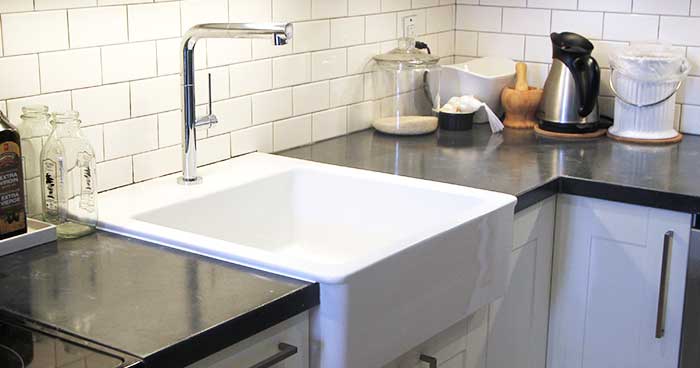
- Little known fact: every sink, tub, or toilet needs a vent. Without this vent, there’s no place for smells to go except back into your home. Proper venting allows your sinks to drain and toilets to flush freely. When you flush the toilet or send something down the drain, you’re also flushing the fumes.
Inspect for Proper Plumbing Insulation
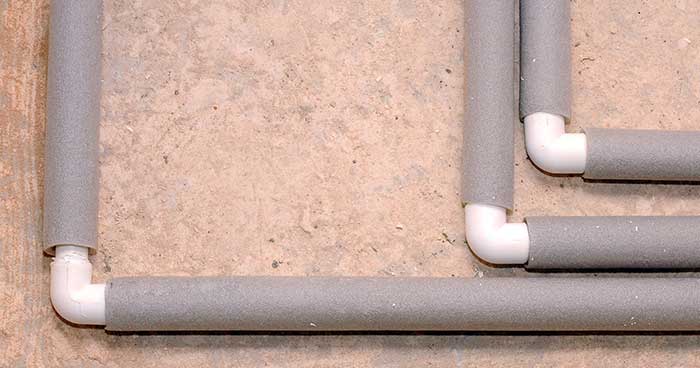
- There’s a big temperature difference between your nice warm home and the cold ambient air. This is why we inspect any pipes that run under the house, through a crawlspace, or outside. Not all pipes are insulated.. Our techs will make sure any insulation isn’t damaged.
Inspect for Gas Leaks

- Many appliances in your home that create heat use natural gas to do so. Some examples are the clothing dryer, water heater, and even your stove. We equip our plumbers with the tools needed to test for any gas leaks.
Quality Test Tap Water
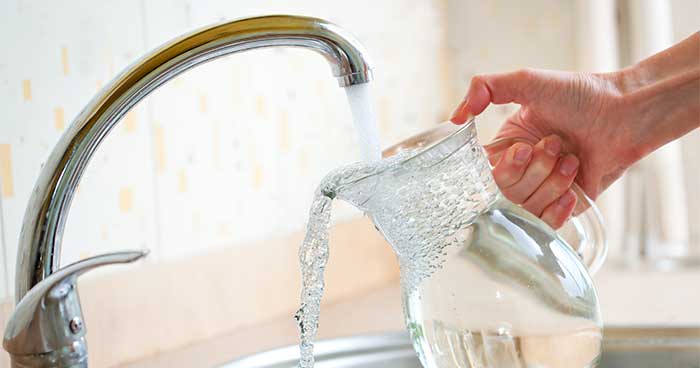
- During a pluming safety inspection, we’ll be sure to test your tap water. The tests we use look for the levels of hard water and chlorine. No matter what, there will be a trace amount of chlorine in your water, we just want to make sure it’s not off the charts.
Inspect All Shutoff Valves
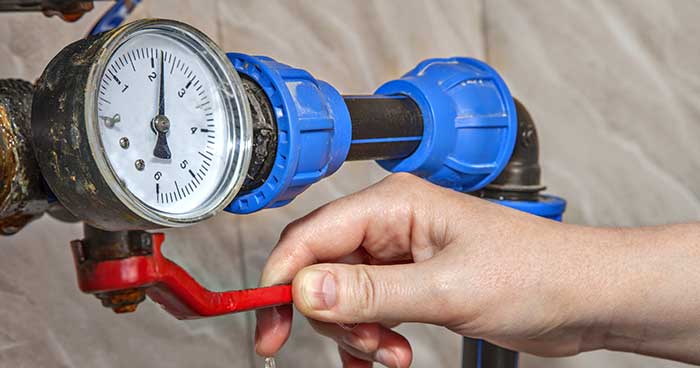
- All homeowners should know where their water shutoff valve is. It’s integral to your home’s safety. If you were ever dealing with a leak or a flooding appliance, you just need to turn the water off to avoid a lot of water damage. During a plumbing safety inspection, we’ll make sure to inspect your shutoff valves.Older homes usually have a gate valve. This valve raises and lowers a gate to turn off or on the flow of water. Sometimes these older ones are ineffective. When homes have a gate valve, our plumber will not mess with because we don’ want to damage it in any way.
Call Bell Brothers for a Plumbing Safety Inspection
We believe an ounce of prevention is better than a pound of cure. To have your pipes looked at, call the number at the top of the screen or click here to request an appointment online. We’ve been in business for over 29 years and proudly serve our communities in Sacramento, Stockton, Vacaville, and the East Bay.


